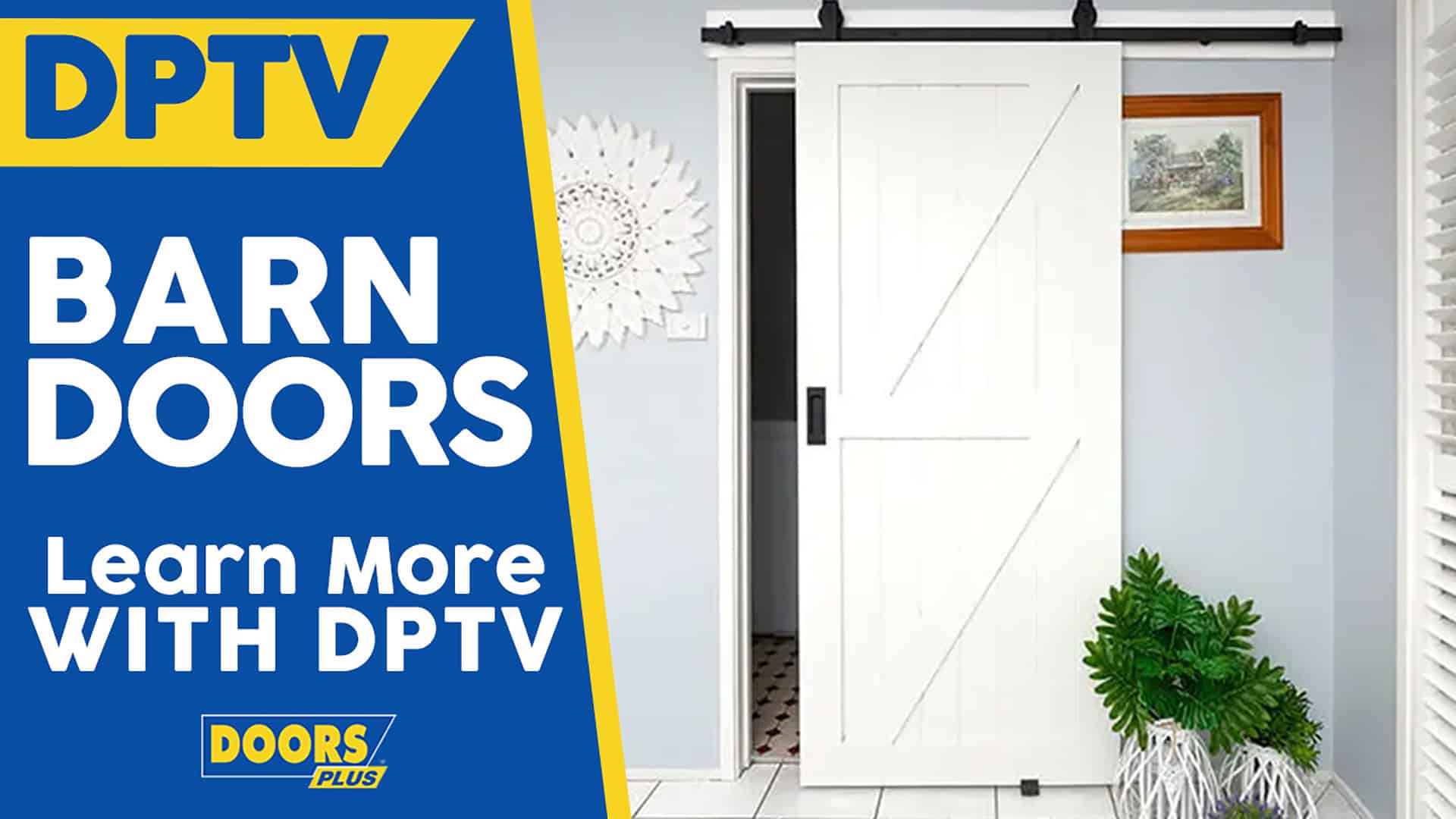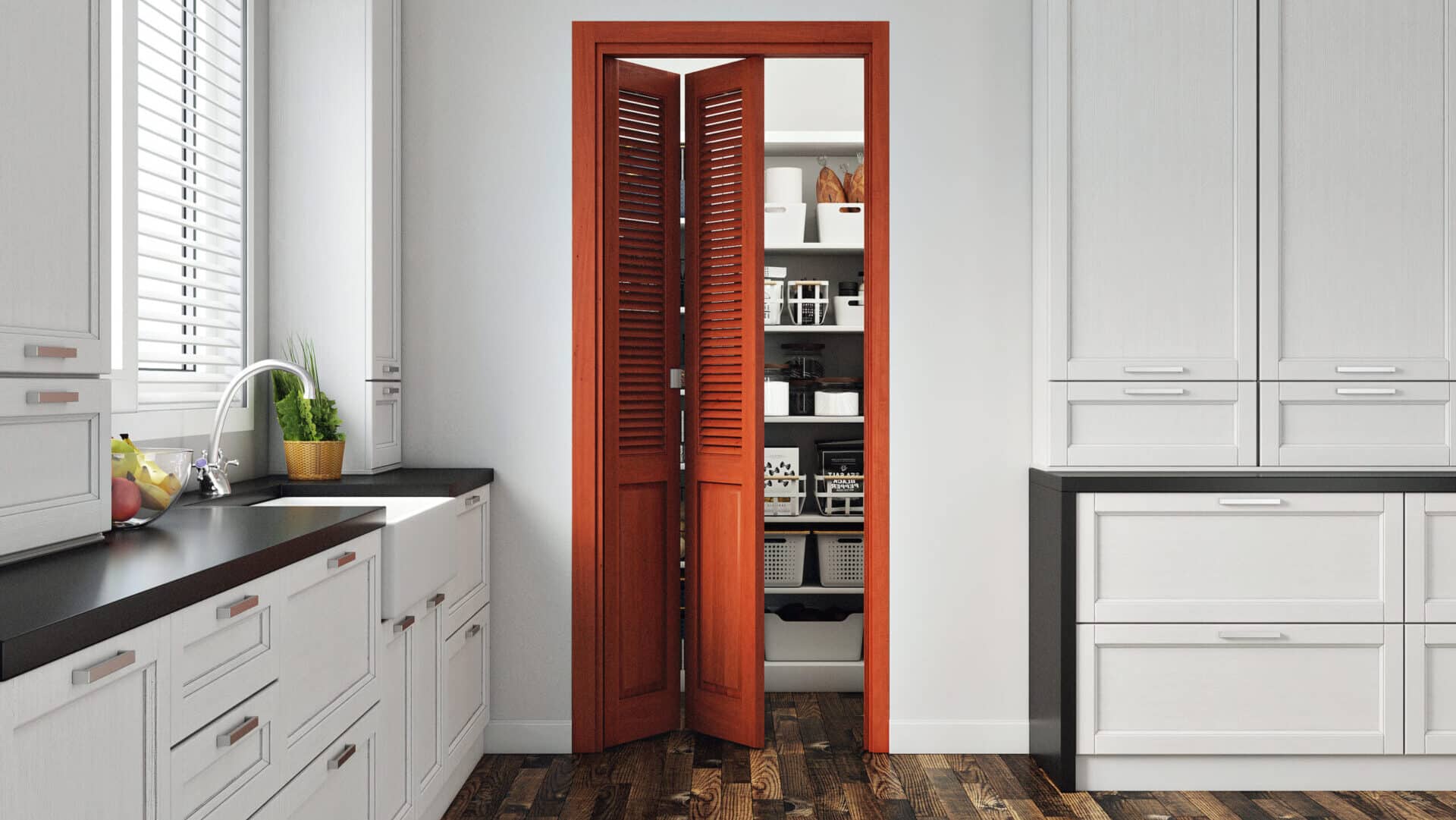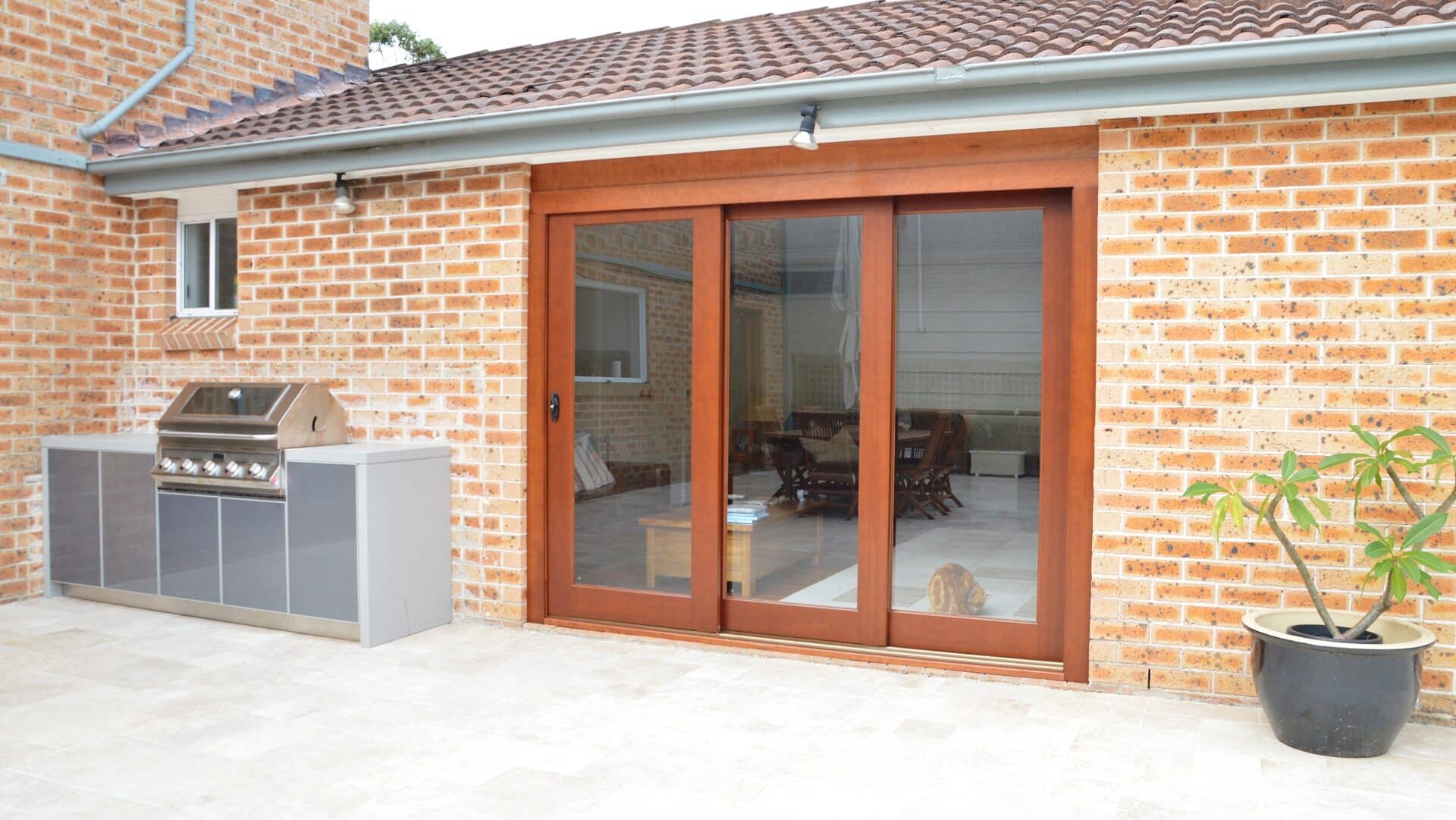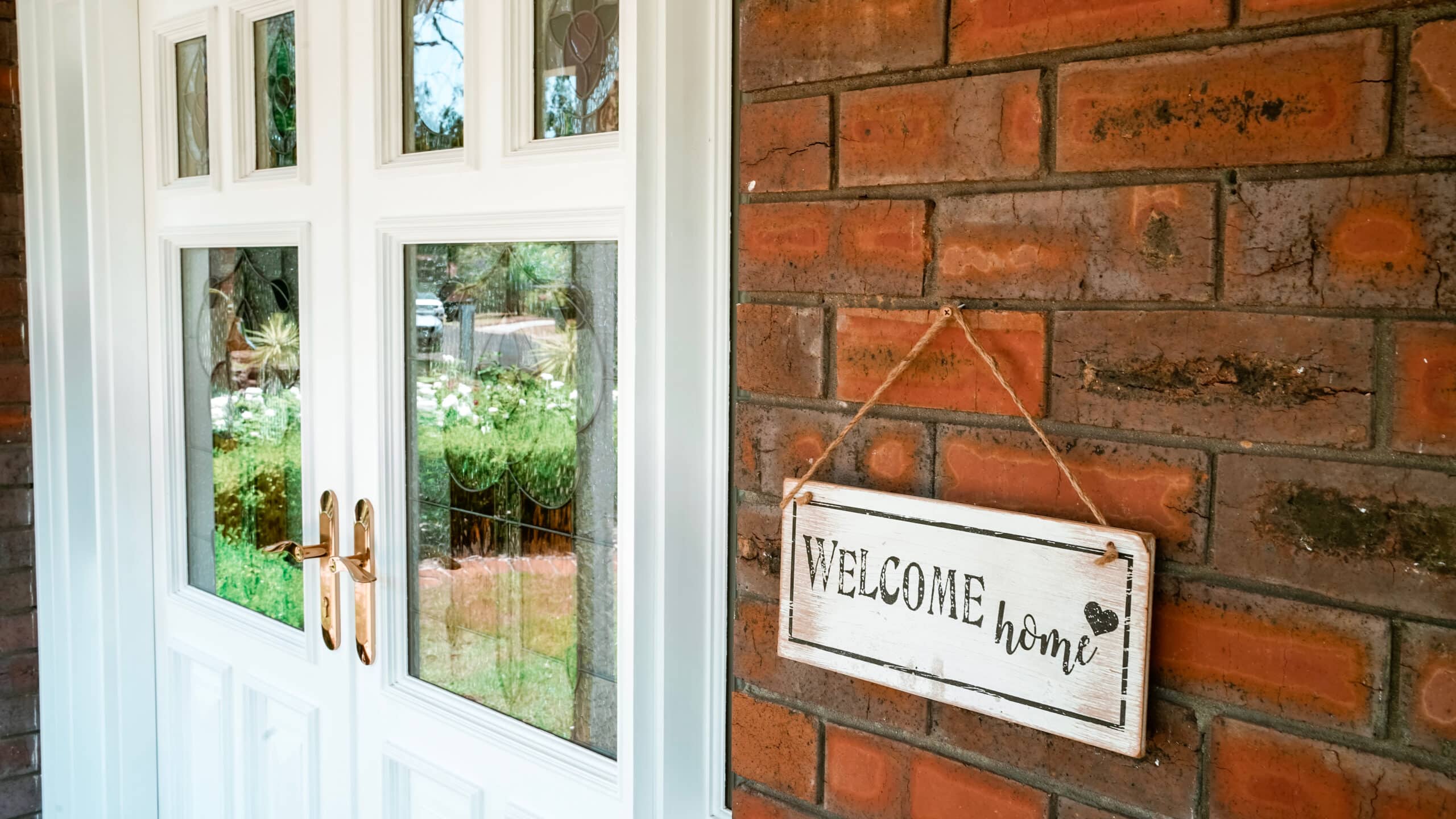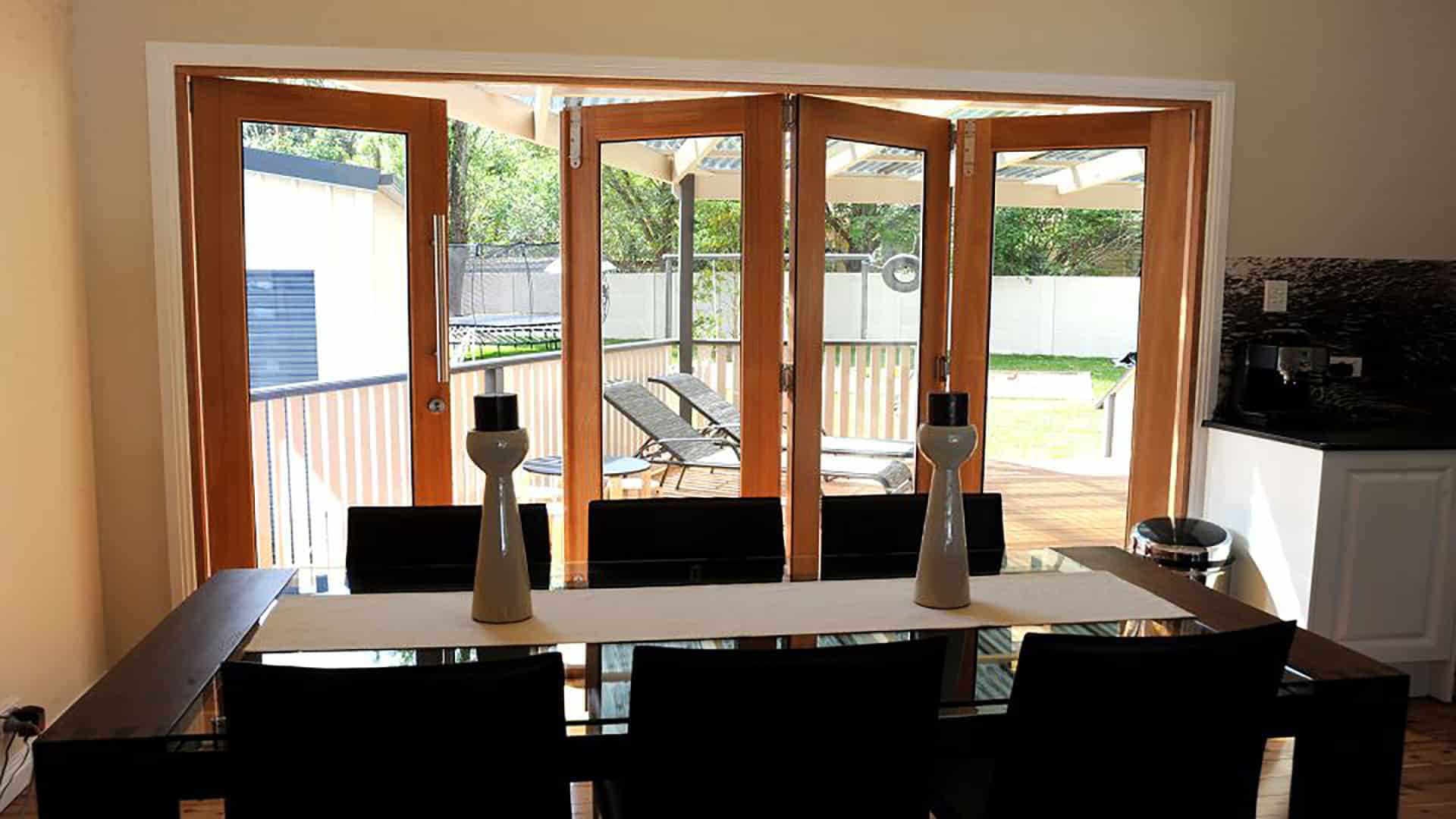How To Insulate Interior Barn Doors
Interior barn doors have a lot going for them – their distinctive character, versatility of style, and contemporary functionality for a start – but in some cases they can benefit from a helping hand for maximum insulation.
This is particularly true in areas of the country where you can expect harsh winters or extreme temperatures. So, how do you weather proof a barn door, and what is the best way to insulate doors for winter?
Here, we will look at some pro tips for sealing gaps around interior barn doors, and stopping draughts, as well as answering some of the most frequently asked questions when it comes to how to insulate barn doors.
Why Do Barn-Style Doors Need To Be Insulated?
There are several different types of barn doors to choose from, in a range of panelled styles and designs. You can install barn doors as standard hinged doors or on a sliding track, and they can be used as rustic wardrobe doors, bedroom doors or statement room dividers.
Whatever you go for, you may find that there is a slight gap around or under your doors – particularly if your doors or doorframe have shifted or worn over time.
This can lead to draughty, and it may be more difficult to maintain a comfortable temperature in your rooms, whether heating or cooling your space.
This can also have an impact on your energy bills, and can affect noise transference between spaces.
The good news is that there are some simple fixes for how to insulate barn doors, seal gaps, and boost their performance.
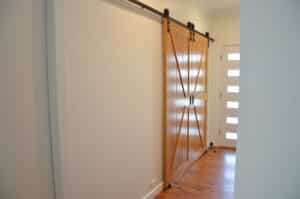
How Do You Seal a Barn Door Gap?
Here is our step-by-step guide to how to insulate barn doors by adding a seal.
•Identify the gaps:
Thoroughly inspect all sides of the door to work out where the gaps are that are allowing air to pass through.
•Clean and prepare:
Remove any dirt, debris, or old weatherstripping materials from the door surface and gaps.
•Choose the appropriate weatherstripping:
Select a weatherstripping material suitable for barn doors, such as adhesive-backed foam tape or V-seal weatherstripping.
•Measure and cut:
Measure the length you need to cover the gaps and cut the weatherstripping material to size.
•Apply weatherstripping:
Peel off the backing and carefully press the weatherstripping into the gaps around the door, ensuring a snug fit.
•Test and adjust:
Close the barn door and check for any remaining gaps. Make any necessary adjustments to the weatherstripping to achieve a tight seal.
How Do You Seal Under a Sliding Door?
If you are wondering how to insulate barn doors that are sliding rather than swinging, it’s important to choose a method that won’t interfere with the motion and functionality of the door.
It’s common for draughts to sneak in through a gap between your sliding door and the floor, and you can lose a surprising amount of heat this way too.
Let’s look at one quick and effective method for sealing a gap under a sliding door – installing a door sweep or brush seal.
•Measure:
Measure the width of the sliding door and choose a door sweep that matches the dimensions.
•Clean and prepare:
Clear any obstructions or debris from the bottom track of the door.
•Attach the door sweep:
Align the door sweep with the bottom edge of the door and screw it into place.
•Test and adjust:
Slide the door back and forth to make sure that the brush creates a tight seal and doesn’t affect the movement of the door. Make adjustments if necessary.
Learn more about how to insulate sliding doors.
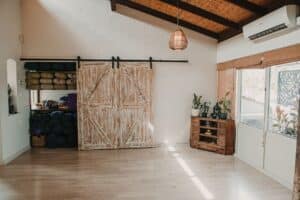
FAQs About Insulating Barn-Style Doors
•What is the best way to insulate barn doors?
This will depend on whether your doors or hinged or sliding, and what your specific issue is.
Applying weatherstripping or foam insulation along the edges and gaps is a quick and effective way of stopping draughts and heat loss, but you could also use an insulated door kit that is specifically designed to enhance energy efficiency and insulation.
Just be sure that your chosen method doesn’t impede the functionality or interfere with the aesthetic you want from your doors.
•How do you make a sliding barn door airtight?
Apply adhesive-backed weatherstripping to the sides and top of the door frame to minimize air leakage, as well as a brush seal along the bottom of the door so that it can still move freely but is sealed when closed.
It is also possible to place insulation inserts or panels within the door frame to provide additional insulation and minimize air infiltration.
Regular maintenance, such as cleaning door tracks, will help to ensure the full functionality and performance of your doors for a smooth sliding action and a tight seal.
If you want to find out more about how to care for your doors, such as how do you make a barn door not warp, speak to the team at your nearest Doors Plus showroom.

•How do you stop a draughty sliding door?
Work out where the gaps are that are allowing draughts to creep in around your barn doors, even when closed.
Use adhesive-backed weatherstripping around the sides and top of the door, and a brush seal along the bottom.
You will feel the benefit in terms of your own comfort, as well as the impact on your energy bills.
•Can sliding doors be insulated?
Yes, you can insulate sliding doors, you just need to be sure that any weatherstripping or door sweeps don’t impede the sliding motion of the doors.
Insulating curtains or blinds can also make a big difference, as well as insulating window film for glass sliding doors.
Learn more tips for how to insulate sliding doors here.
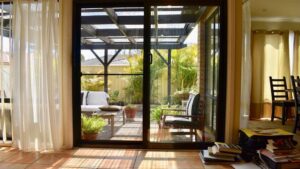
•Can you insulate a hollow core door?
Hollow core doors can be pretty good insulators of both heat and sound, but if yours needs an extra boost you can use the same methods that we have discussed above to seal gaps around your hollow core door.
Do You Need Help Insulating an Interior Barn Door?
More and more homeowners are choosing barn doors for their charm and functionality, but we are often asked the question, how do you winterize barn doors?
Whether you have a sliding or hinged door, these are some of our top tips for how to insulate barn doors in just a few minutes.
As you can see, it really doesn’t take much to significantly reduce draught, improve energy efficiency, and enjoy a more comfortable living or working space.
If you want to know more, come and visit us at your nearest Doors Plus showroom.
We can also answer your questions about barn doors sizes, traditional or contemporary design options, or the cost of barn doors for your home. We hope to see you soon!


